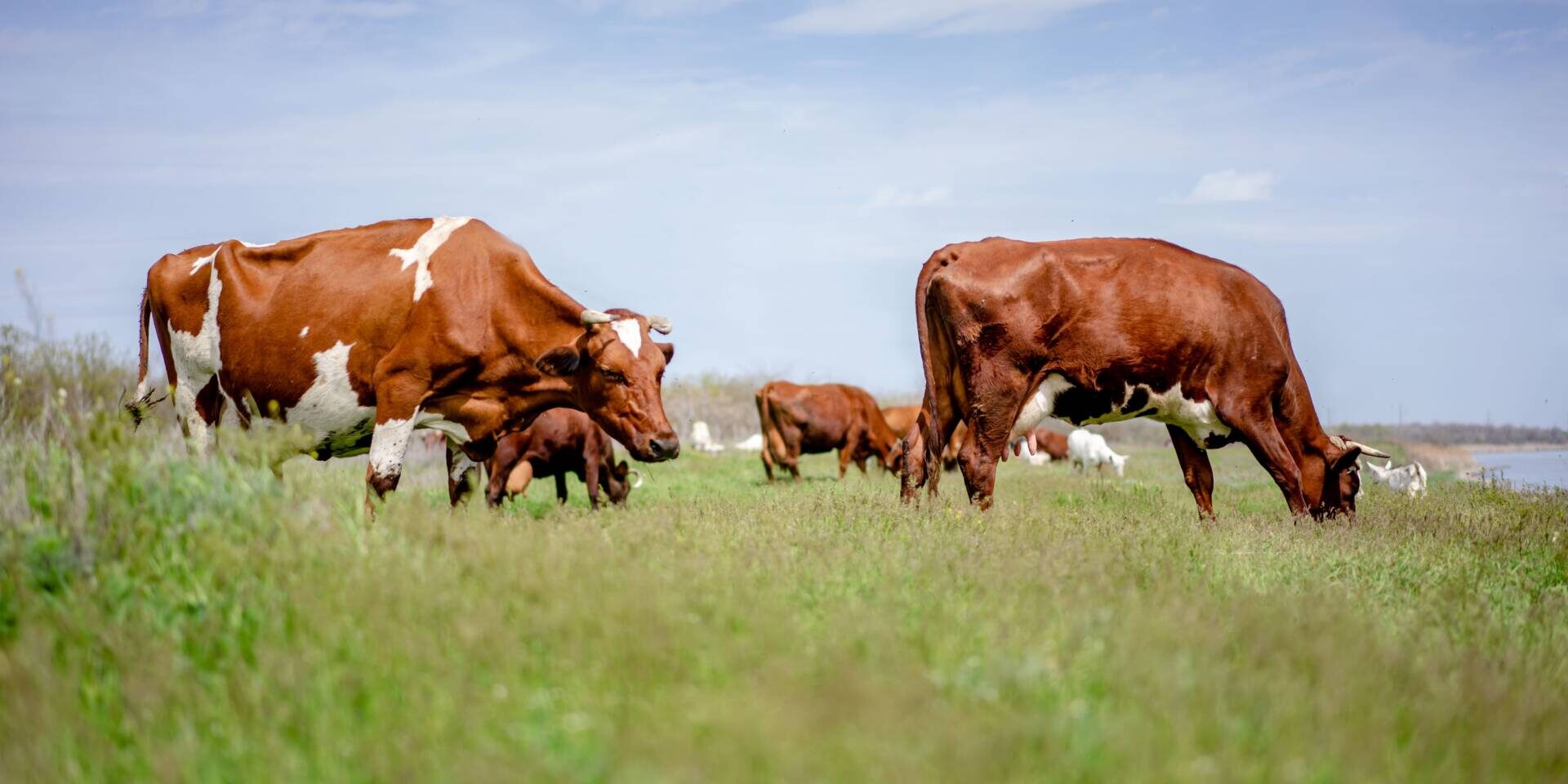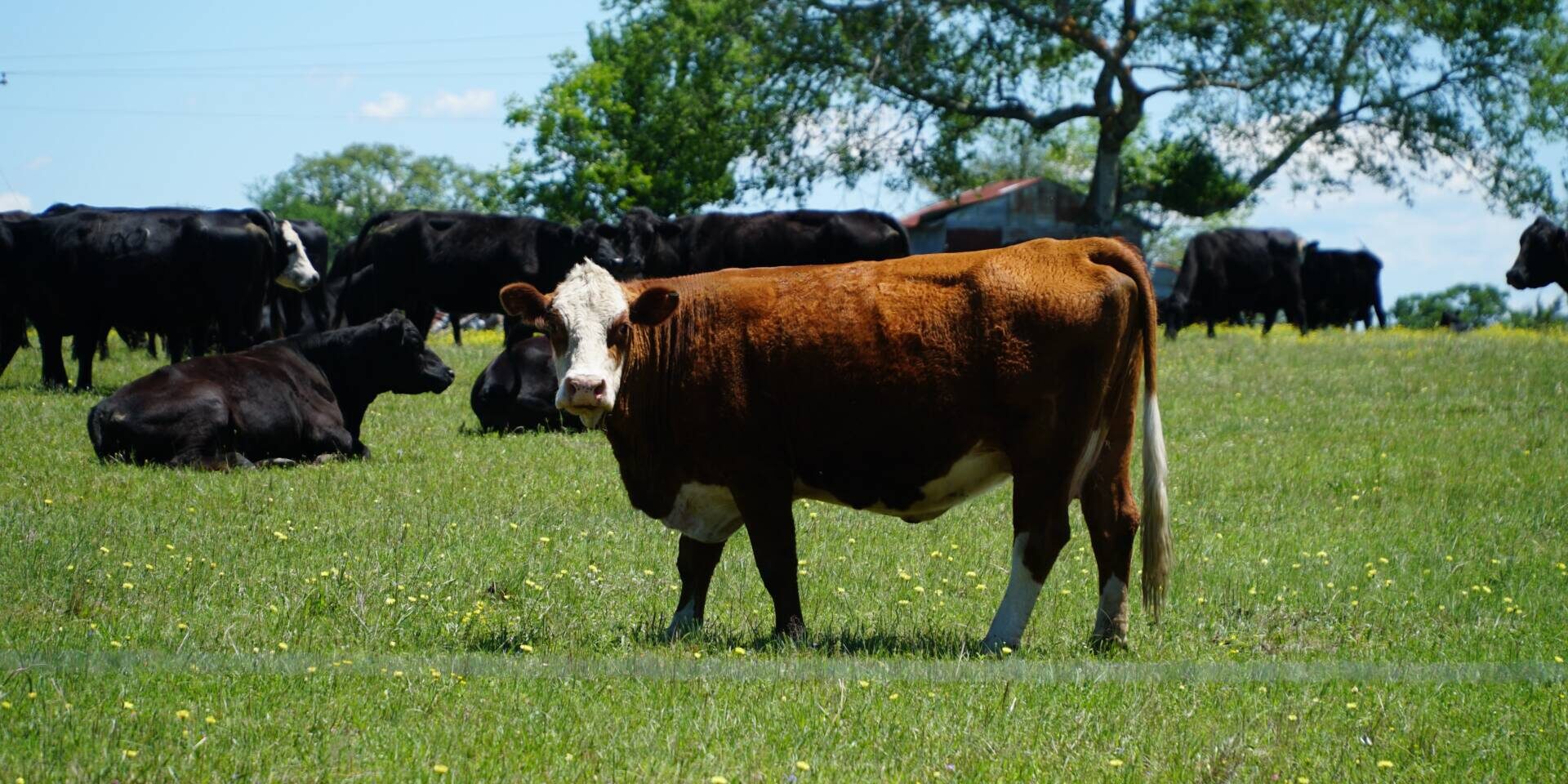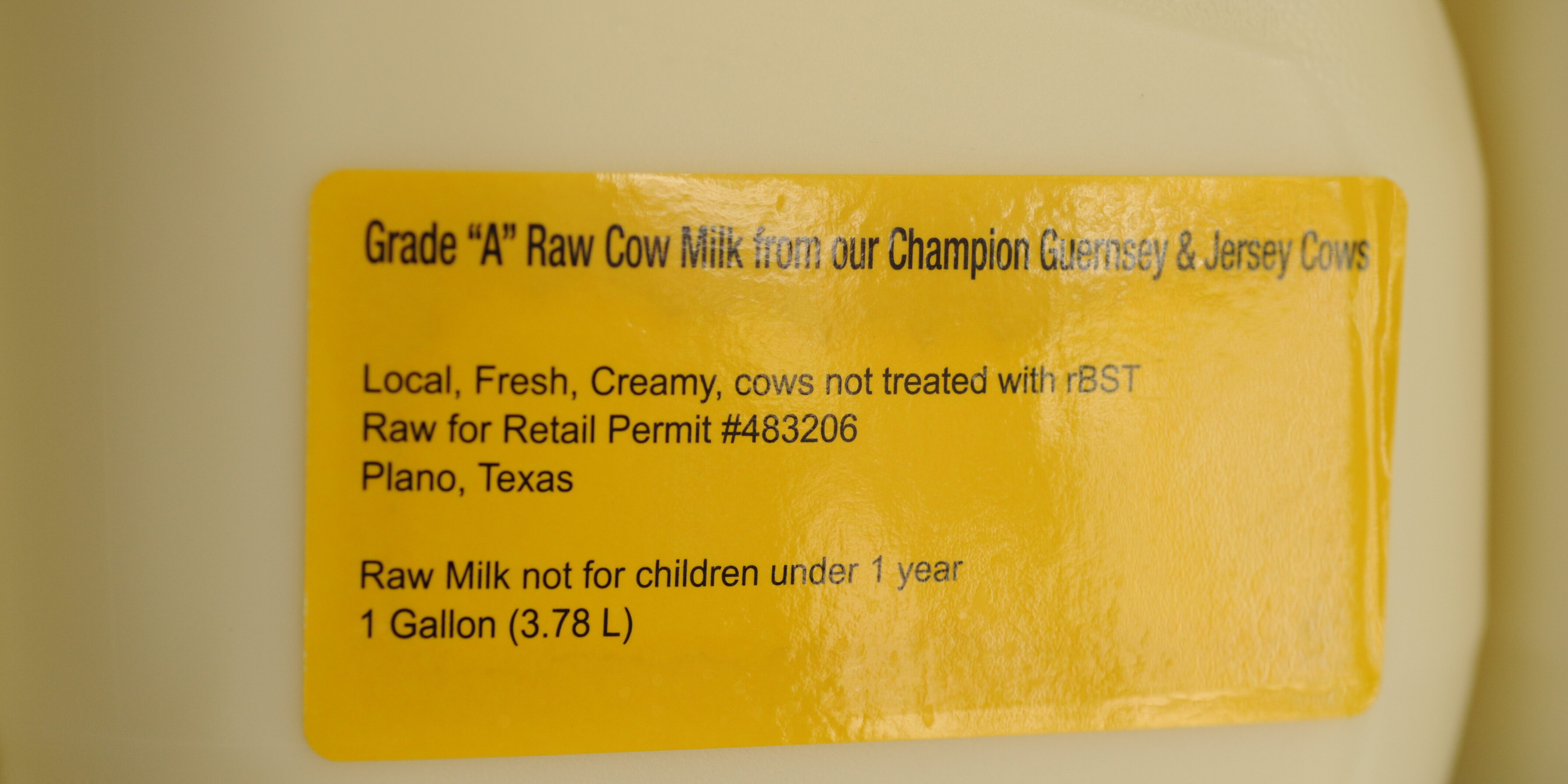Economics
Every $1 earned on the farm equates to $5-$7 for the local community. By providing a fair income for rural dairy farmers, Grade A sales of raw milk can help our struggling rural economies.
Direct farm-to-consumer sales of raw milk can mean the difference between a net loss on the farm and the ability to provide a reasonable income for the farm family. Below are numbers drawn from actual Texas dairy farmers. These numbers do not cover the full range of potential situations, but provide a sample of the real-world economics of dairy.
Examples of a:


Raw milk does not pose a threat to conventional dairy sales or retailers
Another unsupported claim by the industry is that, if there were an outbreak of foodborne illness linked to raw milk, consumers might avoid buying pasteurized milk, hurting conventional milk sales and retailers. The example provided is the drop in spinach sales when a nationwide outbreak of E. coli was linked to spinach in 2006.
The claim is wrong because it fails to recognize the difference between mass-distributed goods and direct-to-consumer transactions. The spinach that caused the 2006 outbreak was being sold in the grocery stores around the country under 34 different brand labels. See Safe at any scale?, Agric. Hum. Values 25:301-317 (2008). There was no realistic way for consumers to know which spinach was contaminated and which was not.
Similar confusion was present in the outbreaks linked to tomatoes/ jalapenos and peanut butter. In contrast, if there were to be illnesses linked to raw milk, the source of the milk would be identified immediately. The transparent, accountable nature of direct-to-consumer sales empowers both the State and consumers to know exactly who has caused the problem and how to avoid it, without any repercussions for other products.
In addition, when there have been illnesses attributed to raw milk in other states, the health departments have been very explicit (even repetitive) about the fact that the problem was with raw milk and not with pasteurized milk. As a result, even in states where raw milk is sold side-by-side with pasteurized milk in the grocery stores, there has been no evidence that alleged raw milk illnesses have had any impact at all on pasteurized milk sales.
Ten states allow the sale of raw milk in grocery stores, so that raw milk is sold side-by-side with pasteurized and the potential for negative repercussions is greatest. We were able to find data on milk sales and prices for four of these states: California, New Mexico, Pennsylvania, and Washington.
There is no pattern of reduced sales/production or reduced prices in conventional milk at the time of, or after, the alleged outbreaks. Consumers do not avoid pasteurized milk in reaction to reports of outbreaks linked to raw milk.
